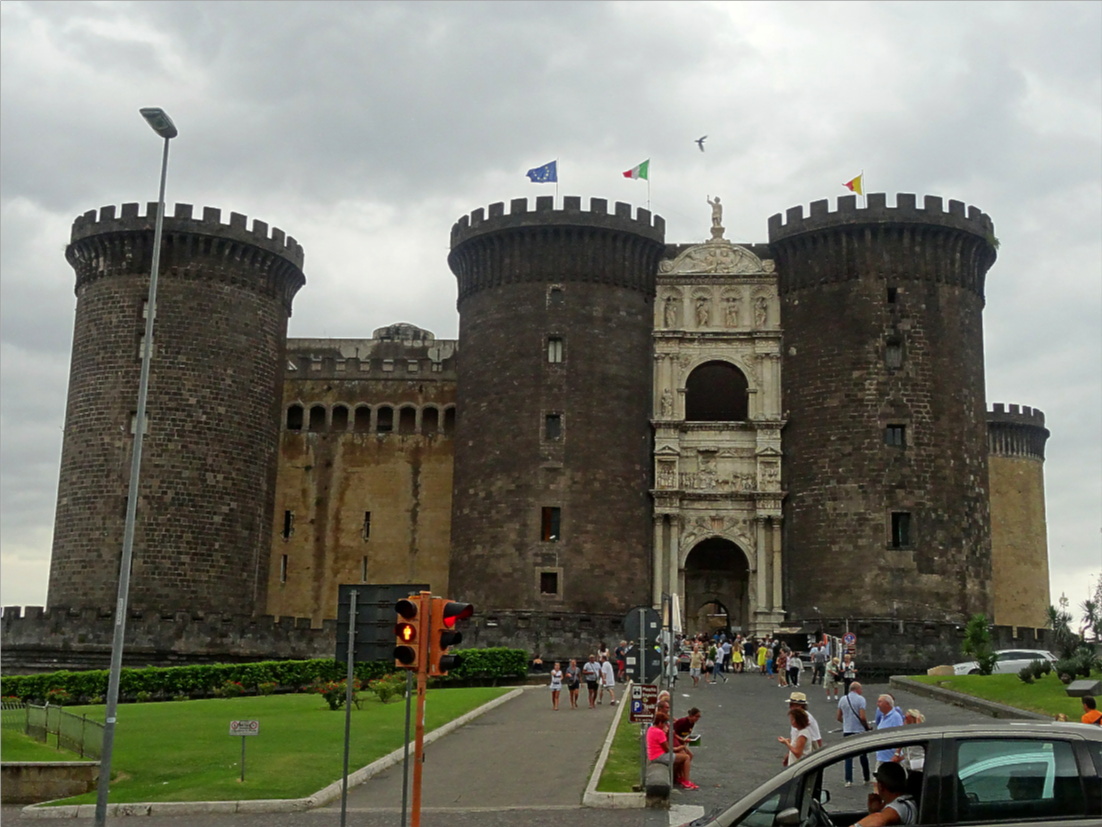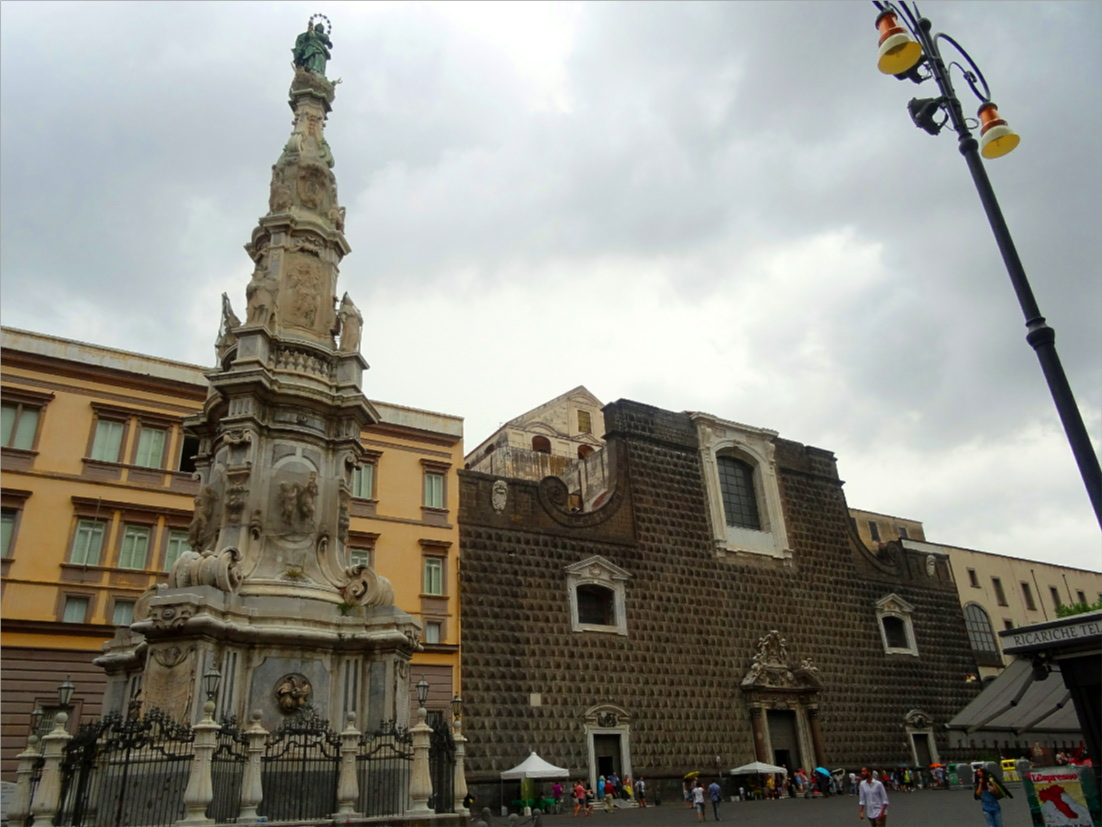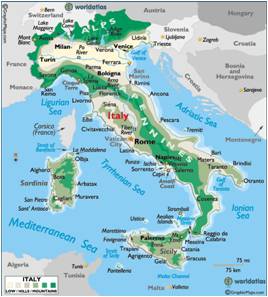


|
|
||
|
|
Italy
Pisa
The Leaning Tower
Florence The Duomo
Church of Santa Roce
Pompeii
Herculaneum
During the eruption of Mount Vesuvius in 79 AD which covered Pompeii with several metres of ash, the seaside town of Herculaneum was also destroyed, but by the Pyroclastic surge, a mixture of lava, mud, ash and hot gases, (with temperatures of 500oC) which swept down on it at 100 mph. The first surge instantly caused the death of a number of people who sought shelter in the boat houses at the seashore. The high temperature caused their bones and teeth to fracture and skulls to explode. READ MORE
Doge's Palace
Saint Mark's Basilica
Located at the eastern side of the Piazza San Marco (St Mark’s Square) the Basilica was originally the chapel of the Doge and is connected to the Doge’s palace. It became the city’s cathedral in 1807 when it became the seat of the Patriarch of Venice.
The first St Mark’s building was constructed in 828-832 to house the relics of Saint Mark obtained by Venetian merchants from Alexandria in 828. READ MORE
Sardinia Nora Ruins
Su Nuraxi Fortress, Barumini
Coming Soon Livorno
Church of St Catherine
Naples
Naples Castle (Castel Nuovo)
 Castel Nuovo, or New Castle is located in the port area of Naples and is better known locally as Maschio Angioino (Angevin stronghold). Built between 1279 and 1282 by Charles I (1227-1285) of Anjou as a royal residence to replace the old castle.
Prior to Charles accession to the throne in 1266 the capital of the Kingdom of Naples was in Palermo, although Naples had a royal residence at the Castle Capuano this was replaced by Charles with the Castle Nuovo. READ MORE
Church of Gesu Nuovo  Originally built as a palace in 1470 for Roberto Sanseverino, Prince of Salerno, the Church of Gesù Nuovo is situated just outside of the historic centre of Naples. Originally built as a palace in 1470 for Roberto Sanseverino, Prince of Salerno, the Church of Gesù Nuovo is situated just outside of the historic centre of Naples. Following its confiscation from the Sanseverino family in the 1580’s the building was acquired by the Jesuits to convert into a church and given the name of the Church of Gesù Nuovo, which in Italian means New Jesus. READ MORE
Church of Santa Chiara Built between 1310 and 1328 the Santa Chiara is a religious complex that includes the Church of Santa Chiara; a monastery which is a community of the Grey Friars; and a convent of the Poor Clares; tombs and an archaeological museum. It also contains a belfry that stands within the grounds at the northeast corner. The complex is surrounded by a citadel-like wall separating it from the outside world. READ MORE
Tarquinia Tarquinia Palace & Museum Coming Soon Etruscan Necropolises Originally, the Etruscans cremated their dead and placed the ashes mainly in biconical or less frequently in hut-shaped urns and then placed in well-like tombs. READ MORE Sicily
Trapani
Church of the Holy Souls in Purgatory
The Church of the Holy Souls in Purgatory is located in Trapani close to the sea front in the old part of the city. Dating back to 1688 the façade was constructed between 1712 and 1714 of limestone and consists of two orders adorned with statues of the twelve Apostles by the sculptor Alberto Orlando. The dome is made of local tuff stone, a light, porous rock covered with green majolica tiles. READ MORE
Ostia Ostia Coming Soon
|
|
|
|
||
| Site Map |

